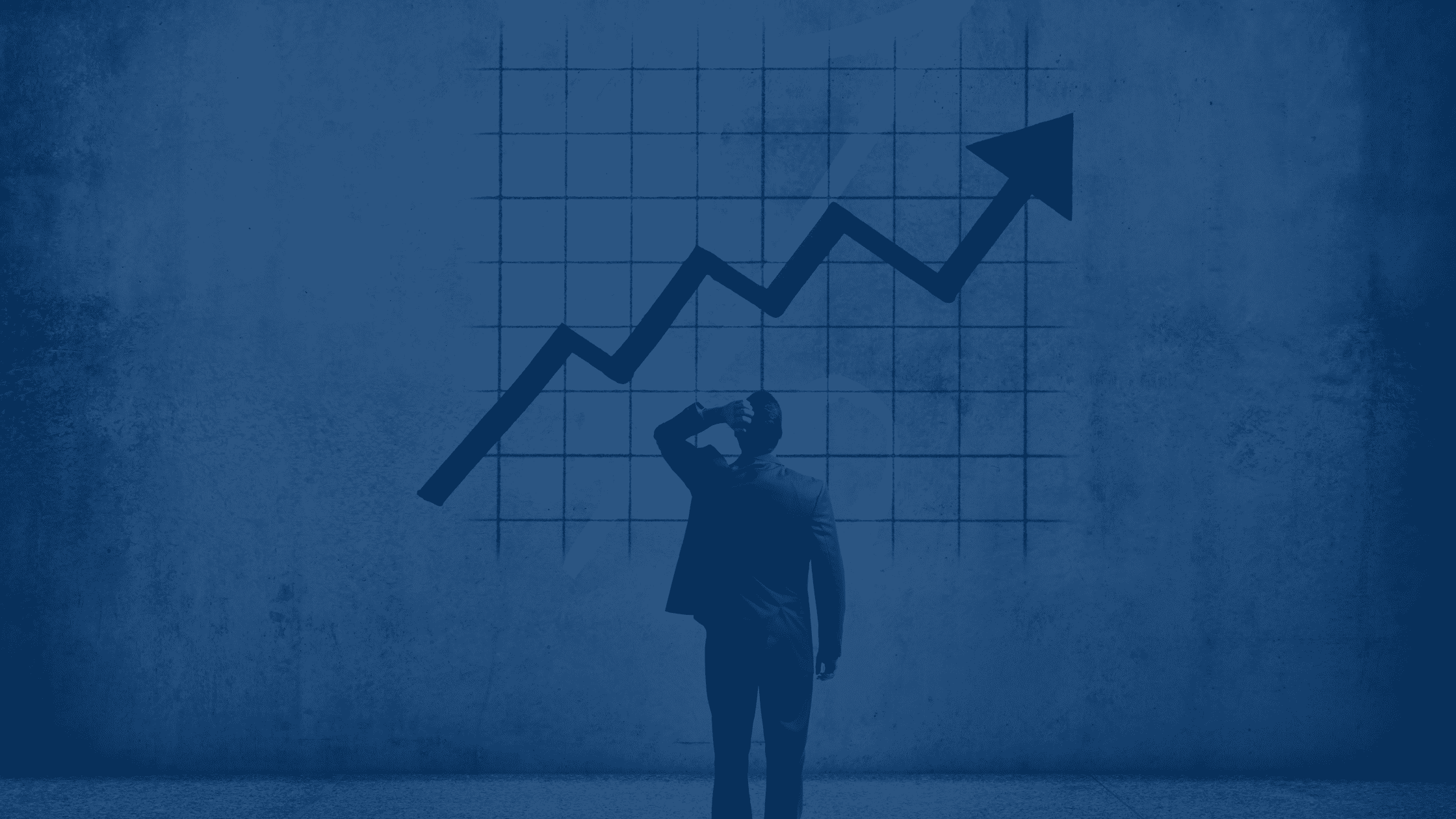Tech, Housing, Banking, Recession.
At times, financial news seems to happen at random.
- Shares of tech companies fall in value.
- Housing prices decline.
- Banks begin to face a run.
- Recession keeps popping up in the news.
Yet each of these headlines contains a common thread: rising interest rates.
Let’s take a look at the phenomena mentioned above and evaluate the ways in which interest rates have contributed to each of them.
Tech Companies
As our clients have heard often going into this downturn, the market has been expensive for many years, and much of this expensiveness was concentrated in the technology sector. Markets become expensive when companies are valued at a high price per dollar of earnings. For example, a hypothetical company that is valued at $40 for every $1 of earnings would be relatively expensive compared to historical valuation multiples for publicly traded companies.
While the stock market was expensive relative to historical averages prior to 2020, a segment of the population experienced a cash windfall during the pandemic and channeled that money into the stock market, resulting in stock valuation multiples that were substantially higher relative to historical norms. Tech companies were valued at an especially rich multiple.
The substantial increase in the money supply eventually turned into high inflation. Unfortunately for equity investors, companies with high price earnings multiples are particularly vulnerable to the effects of inflation.
For one, valuations are based on future earnings. As inflation rises, companies often struggle to maintain their profit margins, leading investors to re-evaluate the company’s worth.
More importantly in the case of technology companies, high inflation has led to increased interest rates. The dividend discount model assumes that future dividends will be “discounted” at a particular rate, commonly linked to prevalent interest rates. The way the discount mechanism works, if interest rates rise it leads to a lower present value of future dividends and hence a lower stock price.
Housing Prices
The connection between housing prices and high-interest rates is much more intuitive: higher interest rates mean monthly mortgage payments increase. Roughly 90% of homebuyers in the U.S. use a 30-year fixed-rate mortgage. If the rate on that mortgage climbs it tends to pull many buyers out of the market altogether.
As sellers compete for a smaller pool of buyers, builders, and speculators will accelerate price declines by offloading new housing inventory onto the market, leading to declines in the price of housing overall.
Recession
The housing market decline is one reason why we’ve heard so much about the potential for a recession over the last year. Housing market activity is a major leading indicator of recessions. In particular, once construction unemployment begins to rise it typically means a recession is at hand.
The inverted yield curve, which occurs when short-term interest rates are higher than long-term rates, has preceded every recession in the United States since 1950. Some believe this is because of the challenges it produces for banks, whose net interest margin comes from the difference between long and short-dated yields. If this margin is compressed, the theory goes, banks are less likely to lend, particularly to marginal borrowers.
Others believe it has more to do with what investors think is going to happen or investor expectations. When the yield curve is inverted, bond prices reflect expectations that long-term yields will decline, as they often do in a recession.
Inflation is typically associated with a highly inverted yield curve. The last time the yield curve was as inverted as it is today was 1981, towards the end of a period of especially high inflation.
Banking Crisis
It was challenging to avoid the news surrounding Silicon Valley Bank over the last couple of weeks. The story of Silicon Valley Bank is, in a sense, a microcosm of the events of the three years or so.
SVB, while not a household name, was a prominent banker to Silicon Valley startups and venture capital funds. During the pandemic-era tech boom, startups flush with cash put significant amounts of money with Silicon Valley Bank, well over the FDIC Deposit Insurance limit of $250,000.
Instead of lending that money, SVB put a large percentage of it in long-term Treasury bonds. The value of Treasury bonds declined as interest rates rose, meaning SVB was underwater on its investment.
At the same time, startups faced a tougher funding environment and began pulling money from their pandemic-era savings.
The combination resulted in a worry that SVB would not be able to meet depositor requests due to its underwater investments. With a large number of depositors not covered by FDIC insurance a run on the bank ensued.
While SVB’s situation is by no means typical for community banks in the United States, it highlights the stress that high-interest rates can produce for many business models that work well in a normal interest-rate environment.
Conclusion
The impact of rising interest rates on the economy cannot be overstated. The decline of tech stocks, the slowdown in the housing market, and the banking crises all share the common root of high inflation and increasing interest rates. These phenomena have created a domino effect that has been felt across diverse sectors of the economy.
There is a saying: high prices solve high prices. As 2023 progresses it will not be surprising if deflation, rather than inflation, is what is on everyone’s minds.


